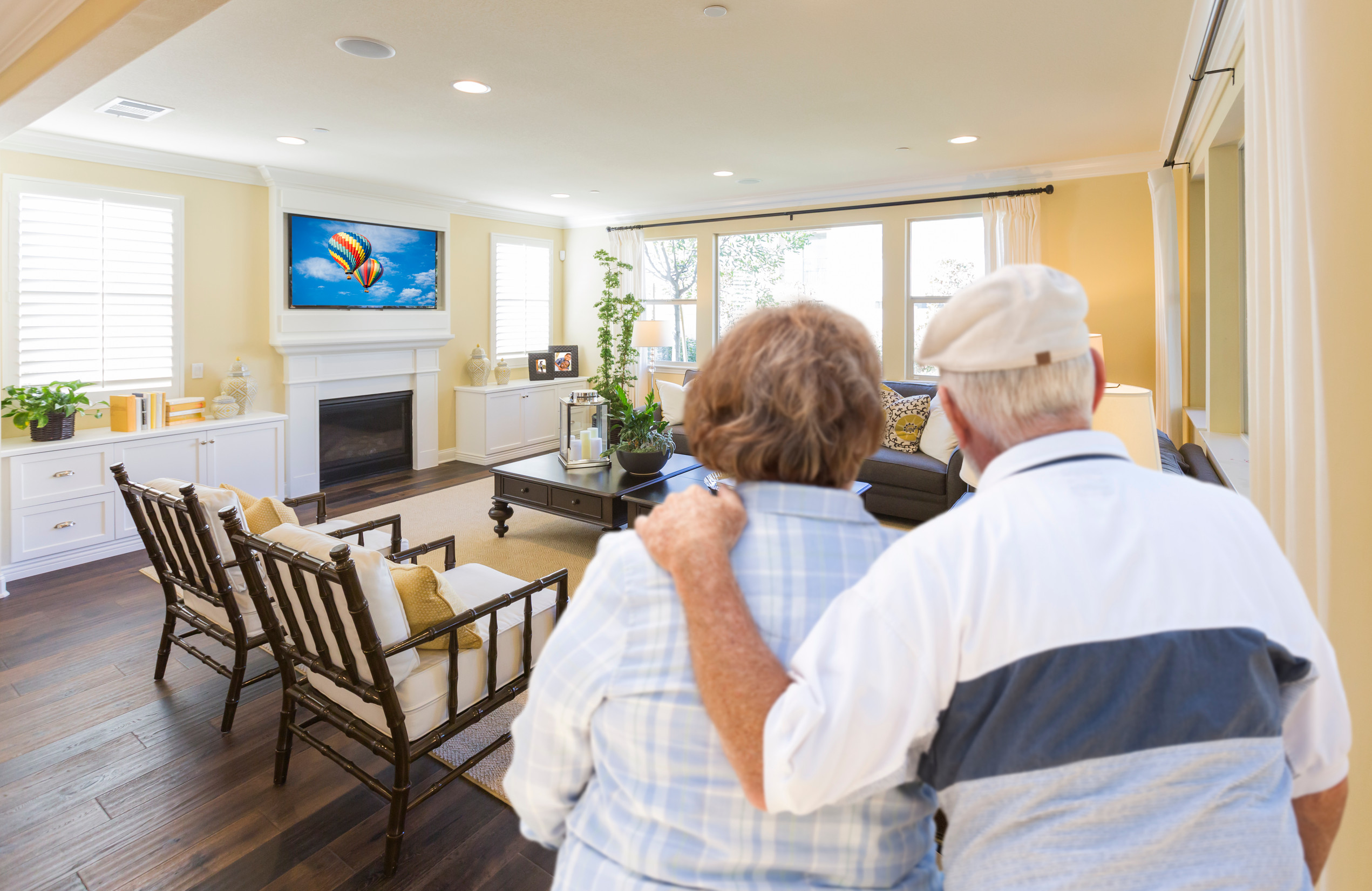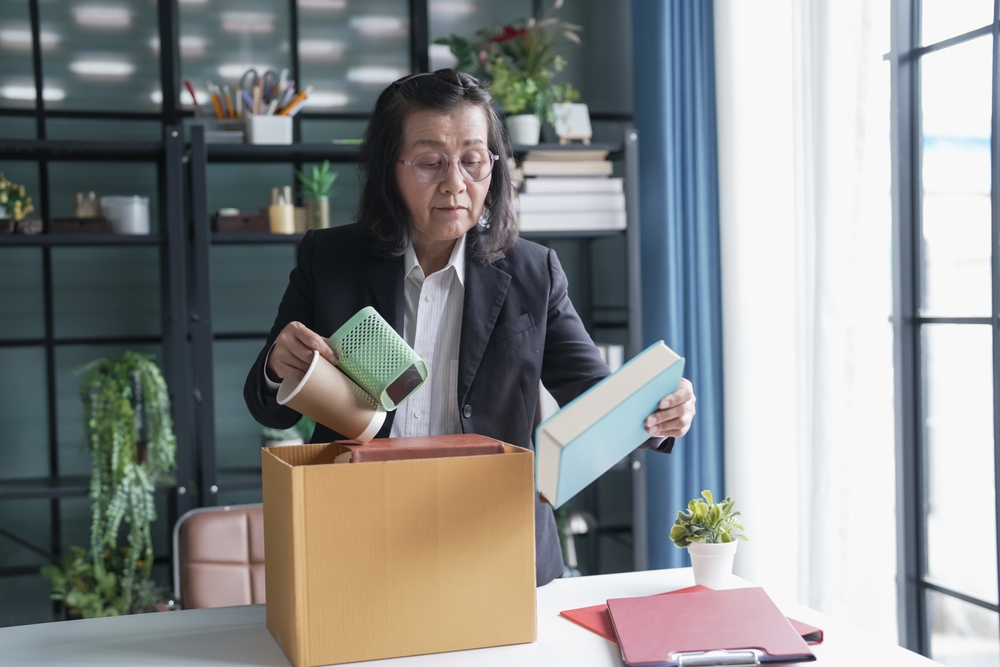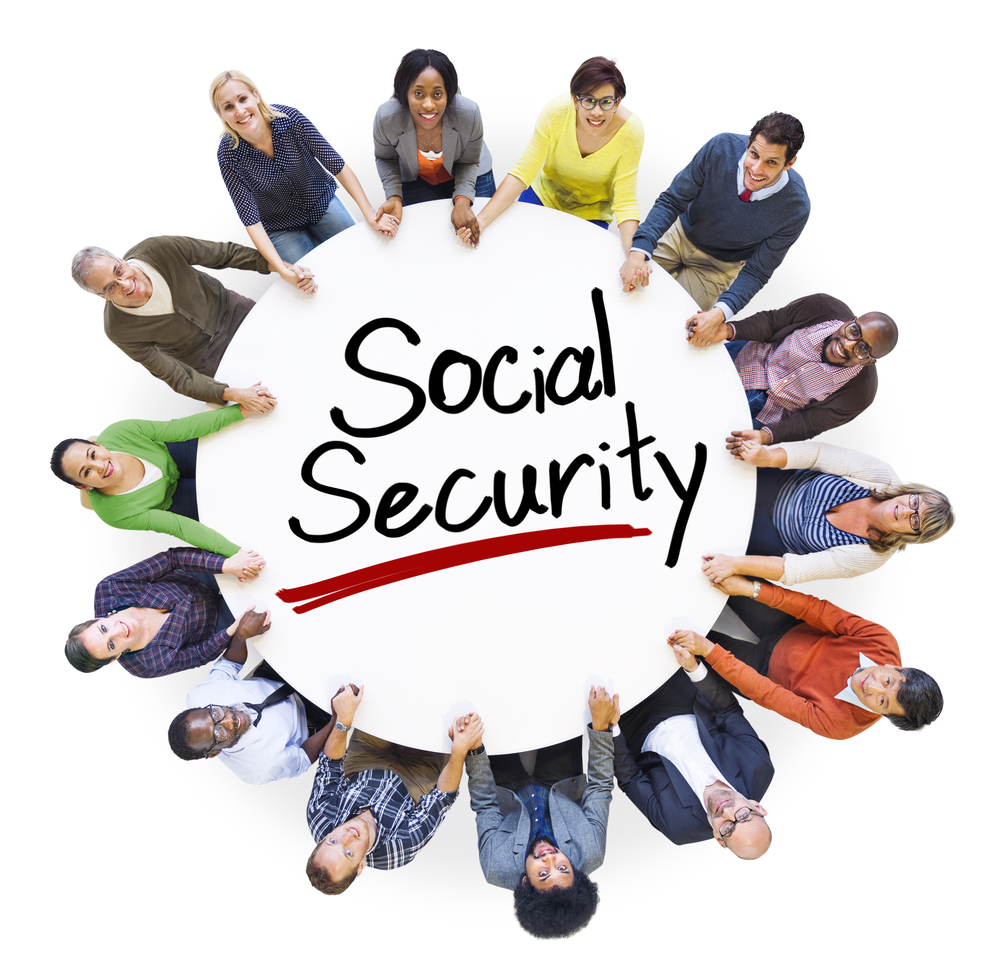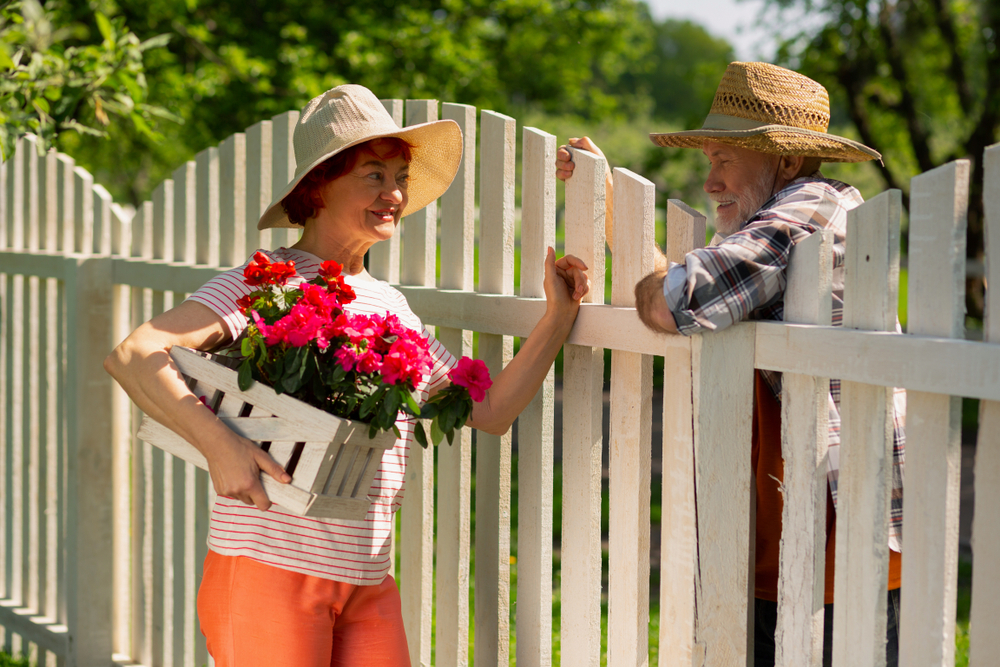Many older adults dream of “aging in place”—staying in the home they love rather than moving into a retirement community. It feels emotionally right and, at first glance, financially smart. But as costs for healthcare, home maintenance, and in-home support rise, the math isn’t as simple as it seems. According to the AARP, nearly 75% of adults over 50 want to stay home as they age, yet few realize the true price of independence. Is staying put really cheaper—or just more familiar?
The Illusion of “Free Housing”
Retirees often assume their mortgage-free home means low housing costs. But property taxes, insurance, and upkeep average thousands per year for older homeowners. Add roof repairs, accessibility renovations, or rising utility bills, and annual expenses can rival monthly fees at a retirement community. Many seniors also underestimate the cost of yardwork, cleaning, or repairs once physical limitations set in. A “paid-off” home still costs money every month—just in different ways.
Hidden Healthcare Costs at Home
Health costs are where aging in place becomes complicated. The Genworth Cost of Care Survey shows that hiring a home health aide now averages over $5,000 per month. As needs increase, part-time assistance often turns into full-time care, which quickly surpasses assisted living expenses. Retirement communities bundle meals, transportation, and medical support into one predictable bill, while aging in place can involve multiple unpredictable costs. When health changes unexpectedly, budgets built on independence can crumble overnight.
Renovation and Accessibility Expenses
Adapting a home for aging safely can require major upgrades. The National Institute on Aging (NIA) recommends modifications like ramps, stair lifts, wider doorways, and walk-in showers—all of which can cost thousands upfront. While these changes improve safety, they rarely add resale value. Retirees often overlook smaller but essential updates like improved lighting, non-slip flooring, and bathroom grab bars. These expenses can easily total more than several months of community living. Aging in place isn’t just about staying home—it’s about making home livable again.
Social Isolation vs. Built-In Support
Retirement communities offer more than convenience—they provide social connection. Loneliness can lead to higher rates of depression, dementia, and premature death. Aging in place, especially after losing a spouse or giving up driving, can lead to isolation. Communities with shared dining, group activities, and fitness programs can enhance emotional health while reducing the need for outside services. Social well-being has real financial benefits—fewer doctor visits, lower stress, and improved quality of life.
When Aging in Place Still Makes Sense
For healthy, active retirees with strong family support, staying home can still be rewarding and cost-effective. Technology like fall sensors, telehealth, and smart home devices can make independence safer. Aging in place works best for those who plan proactively and reassess needs yearly. The key is balancing comfort with practicality before health or finances make the decision for you.
Choosing What Fits—Not Just What’s Familiar
The question isn’t whether aging in place is cheaper—it’s whether it’s sustainable. Staying home can preserve memories, while moving to a community can provide security and companionship. The right choice depends on health, finances, and the kind of lifestyle you want for your later years. Whatever you choose, planning early means keeping control over both your money and your independence.
Would you prefer to age in place or move into a retirement community someday? Share your thoughts in the comments—your perspective could help others facing the same decision.
You May Also Like…
Where Dreams Cost Less: The Hidden U.S. Cities That Offer Big Lives for Small Budgets
How Inflation Is Quietly Eroding the Value of Fixed Incomes
7 Hidden Costs of “Aging in Place” No One Mentions
10 Home Renovations That Make Aging in Place More Dangerous
6 Questions to Ask Before Moving to an Assisted Living Facility





























